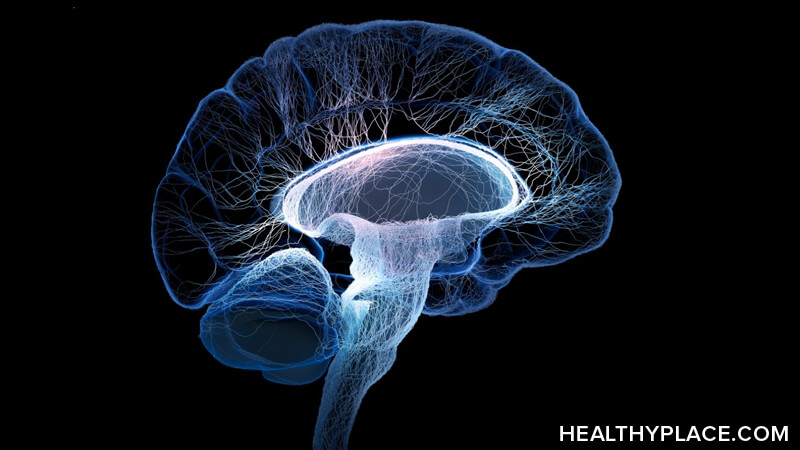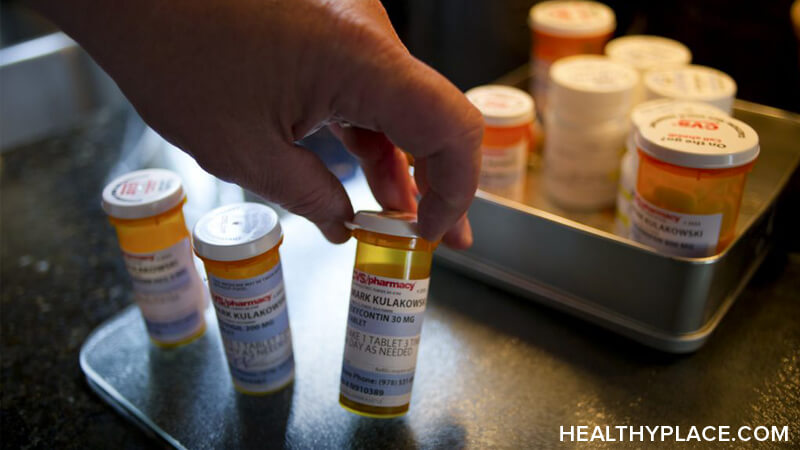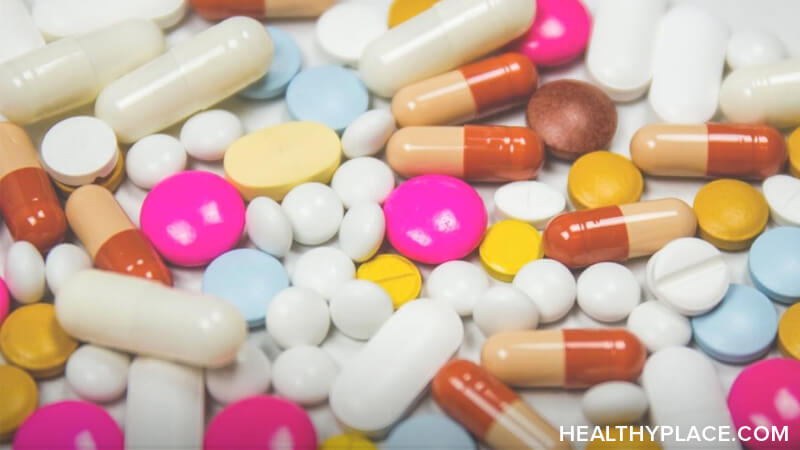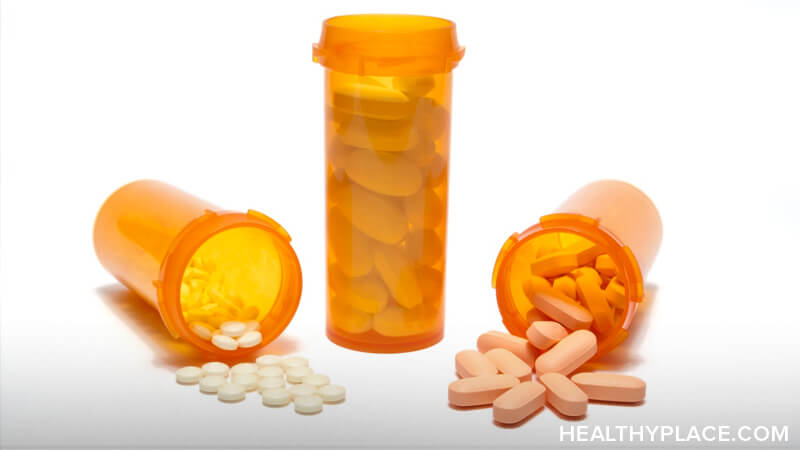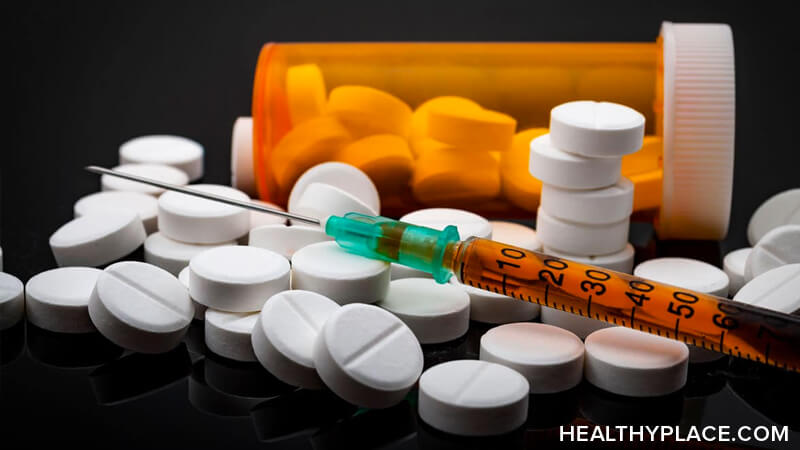Are You At Risk for Prescription Drug Addiction?

Women, seniors, and adolescents are at the highest risk for addiction to prescription medications. But there are other risk factors too.
An inability to stop using prescription medication is a characteristic of addiction. Although most people would stop using a prescription drug if they knew it had destructive consequences, an addicted person cannot. After prolonged use of an addictive substance, the brain virtually becomes "re-wired." Accordingly, addicts are not simply weak-willed; they have differences in the way their brain reacts to drugs than do most people. Once started, they often cannot stop without help. (info about: physical effects of drug addiction)
Who is at risk for addiction to prescription medications?
The risk of prescription medication addiction is greatest among women, the elderly, and adolescents.
The following are also considered risk factors for addiction:
- Medical condition that requires pain medication
- Family history of addiction
- Excess alcohol consumption (info on alcohol abuse)
- Fatigue or overwork
- Poverty
- Depression, dependency, or poor self-concept, obesity
Women are two to three times more likely to be prescribed drugs such as sedatives; they are about two times more likely to become addicted. Seniors take more drugs than the rest of the population, increasing their odds of becoming addicted. Finally, recent national studies show that the sharpest increase of users of prescription drugs for non-medical purposes occur in the 12 to 17 and 18 to 25 age groups.
Do You Have a History of Drug Abuse?
Most likely you do not. Many individuals who become dependent on prescription drugs are referred to as "unwitting addicts." These are individuals who had no history of drug abuse or drug addiction. Rather, they first started using prescribed drugs for legitimate medical problems, physical or emotional. For example, it may have been a painkiller for a back injury or a sedative for anxiety. Then, at some point, these individuals started increasing dosages on their own because the drug made them feel better—relief from physical or emotional distress. The nature of the drug required that they continue escalating the dosages to get the desired effect. Gradually, the abuse became a full-blown addiction.
Sources:
- The National Institute on Drug Abuse, Prescription Drugs and Pain Medications.
- PrescriptionDrugAddiction.com
APA Reference
Gluck, S.
(2021, December 16). Are You At Risk for Prescription Drug Addiction?, HealthyPlace. Retrieved
on 2025, May 22 from https://www.healthyplace.com/addictions/prescription-drugs/risk-factors-prescription-drug-addiction



